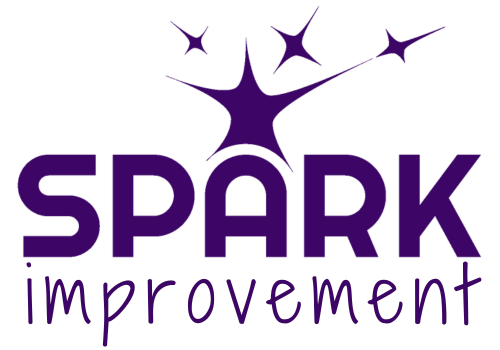How to Supercharge your Problem Solving
There is SOME data. And a whole lot of opinions. And feelings. And emotion. And you are going round and round in circles.
What is the very first thing you should do? What will make sure you are on the right track to a brilliant solution?
First thing first, you need to define the problem. The ACTUAL problem. Not what Sarah from Accounts thinks, or what Tom and Gary from Quality are arguing about.
You have to define what is ACTUALLY going on.
You see, very often those people in that room all have a different opinion about what the problem is.
(And sometimes, none of them are right).
The most powerful way to start to define your problem is to go to the place where the problem is happening, and take a look.
The Japanese call this ‘going to the Gemba‘ but I like to call this Go-Look-See-Ask.
Think about it – it doesn’t make sense to discuss a Production problem in a meeting room. Or a Warehouse problem in a second-floor office.
Go to the place where the problem is happening
Go to the area as a team. Even if some of the team know the area and say they know the process inside out – still go. Introduce yourselves to the people working there, and explain you need some help from them.
A good tip at this point is to smile while you are talking to the people in the area.
Sounds stupid, but humour me.
You might be stressed and anxious about this problem, and obviously you want to get it fixed ASAP, but your stress is not going to help people open up and contribute.
Maybe start by asking them how their day is going, if their kids first football match went well, or if they are still fishing down at the river. Talking about themselves puts people at ease, and helps start a relaxed conversation.
Look at the process
Observe the area. Perhaps walk through the process, or ask someone who works there to talk you through it.
It’s a good idea here to take photos or short video clips.
This can really help later discussions, brainstorming, and analysis if you do those stages in a different area, office or room. It can help to print the photos out large and stick them up for people to study.
Sometimes people notice things in a photo that they just don’t see right in front of them.
See what is happening
Try to take a step back and see the whole picture.
Where could the process be falling down?
What data could we collect or find to help us define this problem?
Is the issue definitely happening here?
Try to see from a few different perspectives.
It is really useful here to make some notes about what you can see.
Sketch out a simple process map, or keep a running list of comments from people. Listen to what the team observe and ask them to call it out to you.
These notes may well be very valuable later when you are brainstorming all the possible root causes of the issue.
Ask questions to fully understand the process and the issue
Explain the symptoms you are seeing. Ask the people in the area what they think. They work with this process every day, they will understand the intricate details far, far better than you.
It is extremely important here that you do this gently and focus on understanding, not blaming.
This is not an interrogation. This is about understanding where the process is failing. ALWAYS FOCUS ON THE PROCESS, NOT THE PEOPLE (sorry to be shouty, but it is important).
Note that the focus at this point is not on solving the problem, but defining the problem.
Later on, you can solve it – by working your way to a root cause and designing a way to eliminate it – but you cannot solve what you do not yet understand.
This stage is all about grasping what the ACTUAL problem is, so that you can get on and solve it.
So, next time your team is going around in circles trying to get to grips with a problem, encourage everyone to Go-Look-See-Ask in order that you can define the problem.
You might be surprised at what you find, and done properly, it will definitely help you find the right solution quickly.
Plus, those people working in the area – they will feel like part of the solution, and they will be proud you came and asked for their input.
Have you tried this approach when you have problems? Maybe you could share an example of when this approach worked for you?
Let us know in the comments.






